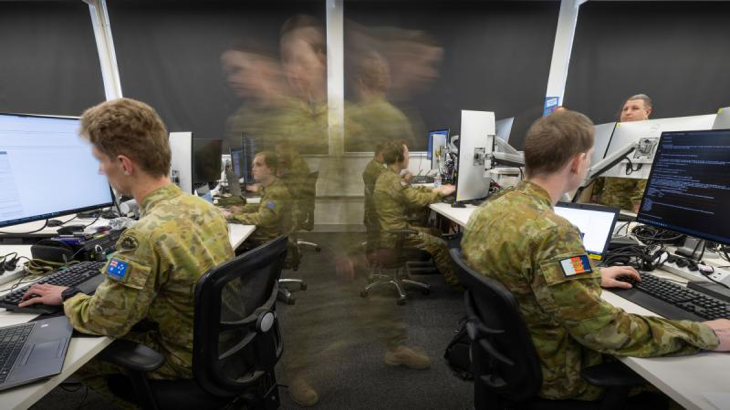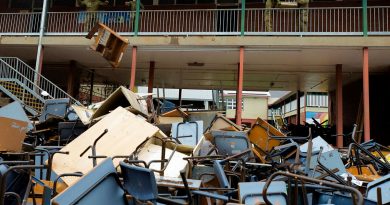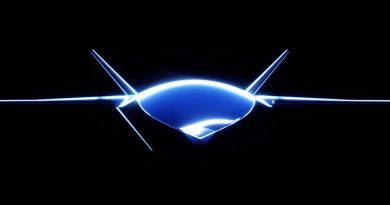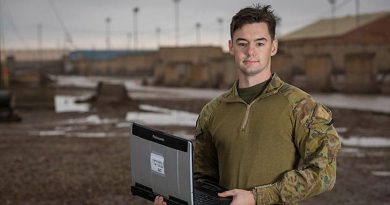‘Cyber’ elevated to command status

The ADF has renewed its focus on cognitive and information warfare by establishing Cyber Command as a new command within Joint Capabilities Group (JCG).
CAPTION: Australian Army cyber warfare specialists from 138 Signals Squadron, Simpson Barracks, Victoria.
The move, which continues the acceleration towards an integrated, focused force, ensures the cyber domain takes its place as the fifth warfighting domain alongside maritime, land, air and space in the application of military power.
Cyber domain comprises cyberspace and the electromagnetic spectrum.
Cognitive and information warfare is about having capabilities and delivering effects within the information environment, which encompasses all five domains.
Cyber Command sits alongside Cyberspace Operations Division, Joint Capabilities Division, Strategic Military Effects Branch and ADF personnel employed within the Australian Signals Directorate.
Space Command, representing the space domain, also sits alongside these other force elements within JCG.
Chief of Joint Capabilities Lieutenant General Susan Coyle said the move was an important step in Defence’s transformation and grouping of its space and cyber domains, due to their interdependence in a contested and “always-on” environment.
“All five domains are critical to the application of military power,” Lieutenant General Coyle said.
“The cyber domain plays a critical role in force-generating cyber power and information-advantage capabilities.
“Our cyber activities are conducted in and through the other four domains and the information environment, making it a critical component to ADF operations and modern warfighting in support of strategic national objectives.
“Establishing a Cyber Command ensures Defence meets the government’s direction to enhance our cyber capabilities and enabling an integrated, focused-force requirement.”
As part of Cyber Command’s establishment, the Cyber Force Generation branch has evolved into Cyber Forces Group, a command entity.
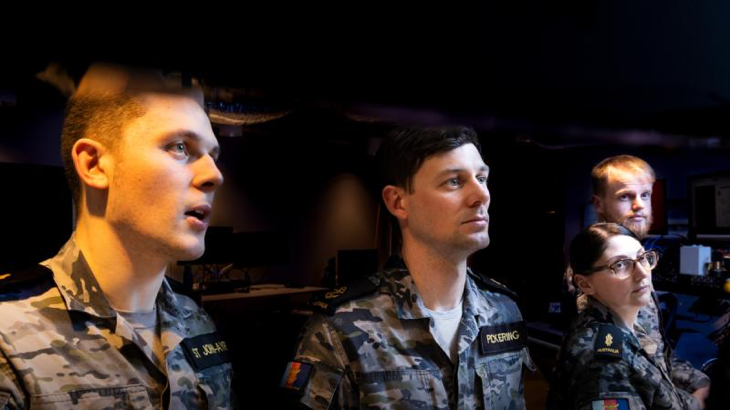
Joint Cyber Unit, Fleet Cyber Unit, 138 Signal Squadron, 462 Squadron and the 1st Joint Public Affairs Unit have all now moved into Cyber Forces Group.
The creation of a Joint Data Network Unit, from its previous operational support task role, is planned for the future.
Joint Survivability Tactics Validation Unit has also transferred command from the Royal Australian Air Force to the Joint Capabilities Division, marking an important step in further cohering parts of the cyber domain within JCG.
JCG will also build and increase cognitive and information warfare (CIW) capability to more effectively generate information advantage.
Director CIW Colonel Jason Logue said that to ensure the ADF was potent and focused for modern conflict, several qualifications and skills would be consolidated into a single integrated career field – cognitive and information warfare.
“We are working to ensure people with experience in psychological operations, military public affairs, civil military cooperation and information operations can become cognitive information warfare officers and specialists, to advance our information advantage capability,” Colonel Logue said.
“At planned maturity, these officers and specialists will design, plan and implement campaigns, activities and actions seeking information advantage through the five operational domains and information environment.”
CAPTION: Royal Australian Air Force cyber warfare analyst Sergeant Shane Prime at 462 Squadron.
Warrant Officer Dean Trost, Command Warrant Officer Cyber Command, is encouraged by the new professional development options.
“Transferring our single-service cyber warfare units together into Cyber Command presents an opportunity to cohere and integrate our highly trained and skilled sailors, soldiers and aviators, along with our Australian public servants and Defence-industry partners,” Warrant Officer Trost said.
“This enables us to strengthen and optimise our cyber warfare workforce in a more centralised and coordinated way.”
Aircraftman Ariraam Ramanan, a cyber-warfare specialist from 462 Squadron, said he was excited at the prospect of more posting options and cyber-career pathways.
“I will now be able to optimise my technical mastery training within the cyber domain,” Aircraftman Ramanan said.
“Cyber Command gives me a unique and exciting opportunity to work with like-minded individuals from across the entire enterprise.”
.
.

.
.

